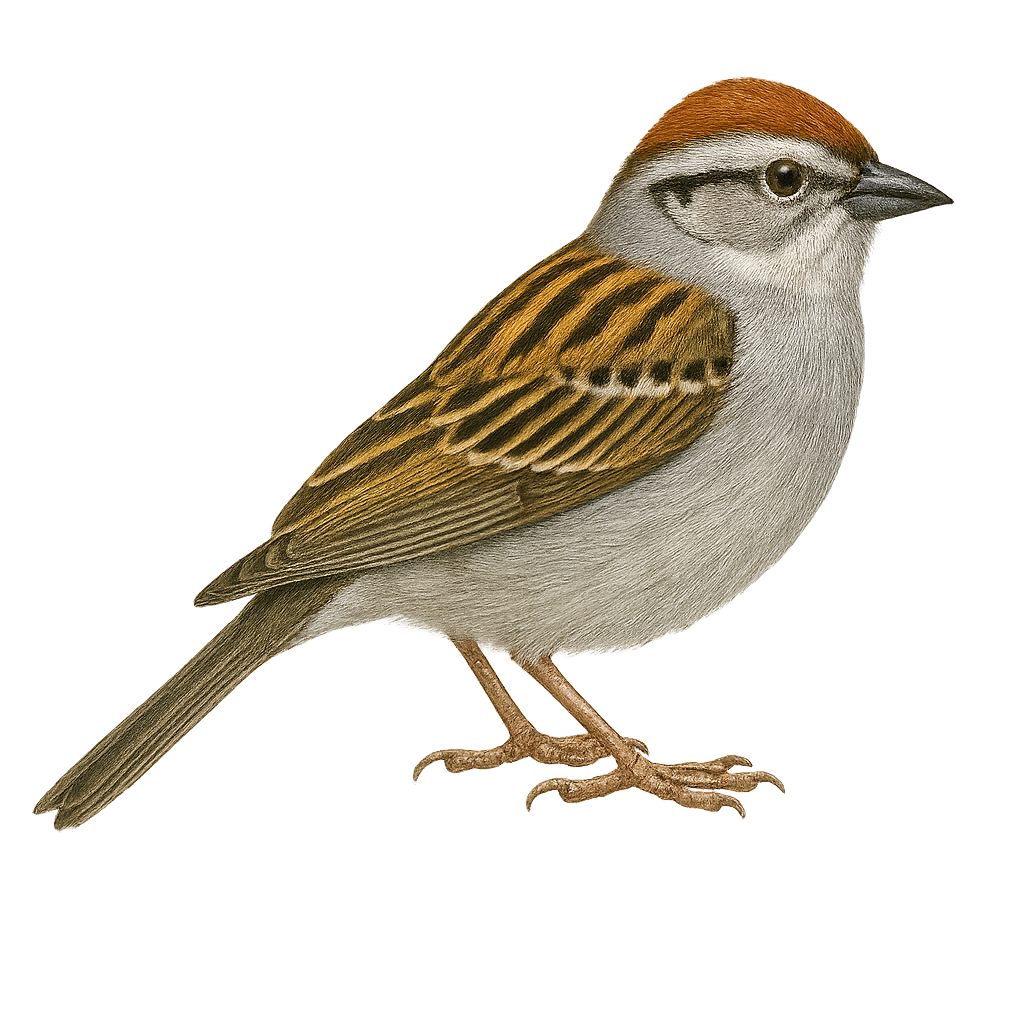Your wildlife photography guide.
Explore the chipping sparrow in detail, study its behavior, prepare your shots.
Where to observe and photograph the chipping sparrow in the wild
Learn where and when to spot the chipping sparrow in the wild, how to identify the species based on distinctive features, and what natural environments it inhabits. The WildlifePhotographer app offers tailored photography tips that reflect the chipping sparrow’s behavior, helping you capture better wildlife images. Explore the full species profile for key information including description, habitat, active periods, and approach techniques.
Chipping Sparrow
Scientific name: Spizella passerina

IUCN Status: Least Concern
Family: PASSERELLIDAE
Group: Birds
Sensitivity to human approach: Tolerant
Minimum approach distance: 5 m
Courtship display: May to June
Incubation: 10-13 jours
Hatchings: May to July
Habitat:
open forests, parks, gardens
Activity period :
Primarily active during the day, with peak activity in the morning and late afternoon.
Identification and description:
The Chipping Sparrow, or Spizella passerina, is a small songbird common in North America. It is easily identified by its rufous cap, gray cheeks, and black eye line. Its plumage is primarily brown with streaks on the back, while the underside is lighter. It inhabits open areas, gardens, and parks, often near human settlements. This sparrow is known for its simple yet melodious song, often heard in spring and summer. It primarily feeds on seeds and insects, which it finds on the ground or in shrubs. During the breeding season, it builds a cup-shaped nest in shrubs or low trees.
Recommended lens:
400mm – adjust based on distance, desired framing (portrait or habitat), and approach conditions.
Photography tips:
To photograph the Chipping Sparrow, choose sunny mornings when the light is soft. Use a 400mm or longer telephoto lens to capture fine details without disturbing the bird. Look for it in parks or gardens, often perched on low branches. Be patient and wait for it to land in an open spot. A blurred background will highlight its distinctive plumage. Remember to turn off the flash to avoid scaring it away.
The WildlifePhotographer App is coming soon!
Be the first to explore the best nature spots, track rutting seasons, log your observations, and observe more wildlife.
Already 1 431 wildlife lovers subscribed worldwide

